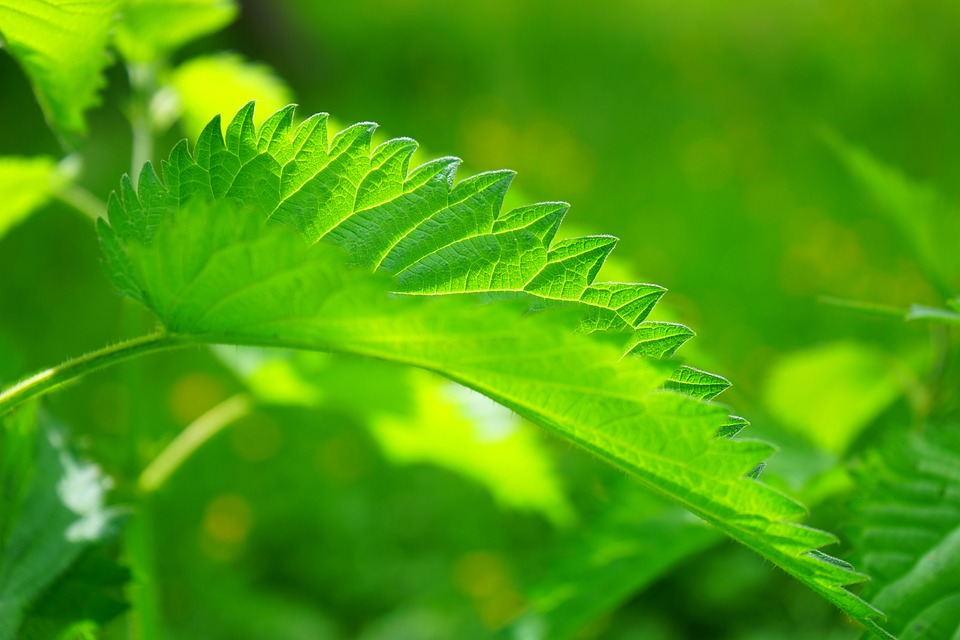Greens grown under natural conditions (unlike greenhouse vegetables stuffed with nitrates) carry many useful microelements. One of the champions in this respect is the common nettle which is not remarkable at first glance. The plant grows in both hemispheres but is most commonly found in the north. My blog today blog is about nettles.
Nettle burns are relatively harmless, although there are several tropical species which can sting very badly and can even lead to death (for example the Urticaferox, a nettle tree from New Zealand).
In the old days, they said that it was the only one to replace the seven doctors. This plant grows in many gardens and contains many multivitamins. People have long been cooking soups with it, adding it to cereals and pies, and successfully filling the shortcomings of a depleted spring diet. Traditional medicines (including ancient China) use the dried plant parts for a wide range of disease treatments. What is so special about this ordinary grass?
Burning Multivitamin
Surprisingly, there is more ascorbic acid in nettles than in lemons and even blackcurrants. In terms of A-vitamin saturation, it is also ahead of many; just 20 leaves are enough to get a daily dose of A-vitamins. The plant is a better source of protein than nuts and legumes too. In addition to these, nettles contain many vitamins, minerals and useful organic nutrients.

No comments:
Post a Comment